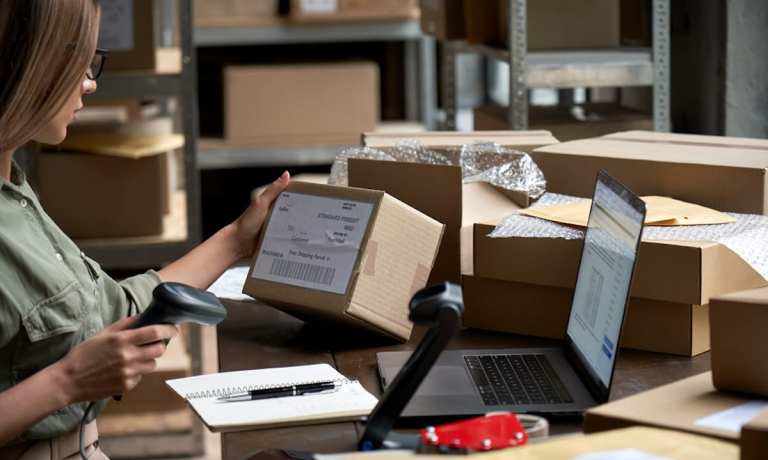
The country’s largest retail trade group says that 97 percent of its members have been impacted by port congestion and shipping delays — with nearly all of them experiencing inventory shortages — as congestion at the nation’s maritime ports continues to cause supply chain disruptions.
The findings came in a letter sent by the National Retail Federation on Monday (June 14) to the White House that said government action and investment are needed to ensure that the recovery of the country’s vast retail industry doesn’t stall.
As it stands, the NRF said that seven in 10 retailers are experiencing two- to three-week delays in their normal supply chains, a problem it said has been driving up costs and leading to widespread price increases. In addition, “all respondents said their costs have increased, with a majority (75 percent) reporting that they have had to pass along some of the costs to consumers,” read the letter to President Biden, which also called for a meeting with the White House to discuss the problem and offer long-term solutions.
A Really Big Problem
According to the NRF, the $3.9 trillion retail industry is the nation’s largest private-sector employer, supporting over 50 million workers, or one in four American jobs. Its new warning comes less than a week after the trade group issued an optimistic and upwardly revised industry forecast predicting that retail sales would rise up to 13.5 percent this year to $4.4 trillion, marking the fastest growth in nearly 40 years.
In calling on the federal government to include 21st-century port upgrades and transportation projects in its ongoing “Build Back Better” economic stimulus and infrastructure spending plan, the NRF was blunt in warning about the costs of inaction — especially for more fragile SMBs.
“The supply chain disruption issues — especially the congestion affecting our key maritime ports — are causing significant challenges for America’s retailers,” said NRF President and CEO Matthew Shay, noting that congestion, delays and shortages have also added significant transportation and warehousing costs for retailers. “In many instances, retailers will absorb these costs and not pass them along to consumers. However, many smaller retailers may have no choice but to pass along these costs, especially as they face other challenges with reopening their businesses.”
Many Factors in Play
To be sure, the reopening economy has seen a surge in post-COVID consumer demand, particularly with in-store retailers that are seeing increased foot traffic by customers looking to dress up, get out and host social gatherings again — all of which has happened in the face of port congestions and supply chain delays.
So far, most retail executives have acknowledged the problem, but have taken a “we can manage it” approach, with a general belief that current bottlenecks would subside in the second half of the year.
Earlier this month, high-end athleisure apparel leader Lululemon said it is currently building inventory earlier than usual, and is seeking alternatives to circumvent port delays that have bogged down the global supply chain. “While we continue to see some delayed inventory receipts due to issues at the ports, our team is strategically using air freight [to offset that], and we are comfortable with the level and composition of our inventory as we move into Q2,” Lululemon CFO Meghan Frank told investors on the company’s recent earnings call.
In addition to supply chain problems, the retail sector has also had to deal with the ebb and flow of stimulus spending (the last of which saw $1,400 checks flow rapidly into the economy in mid-March) and a near-doubling of gasoline prices, as well as widespread reports of labor shortages and wage pressure needed to attract and retain retail and warehouse workers.